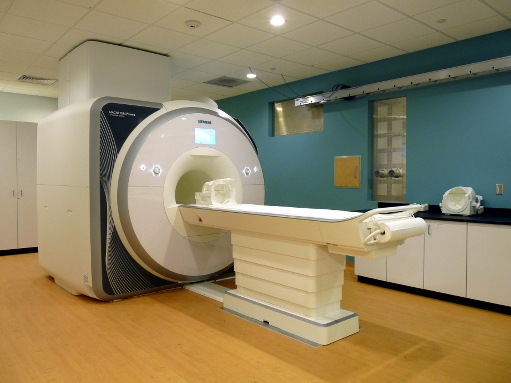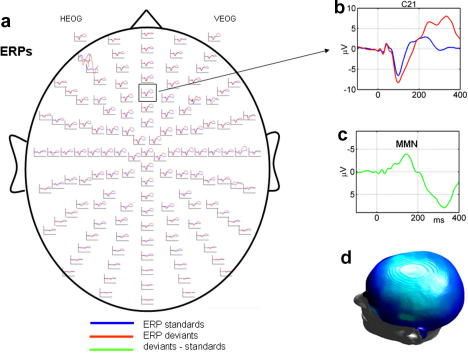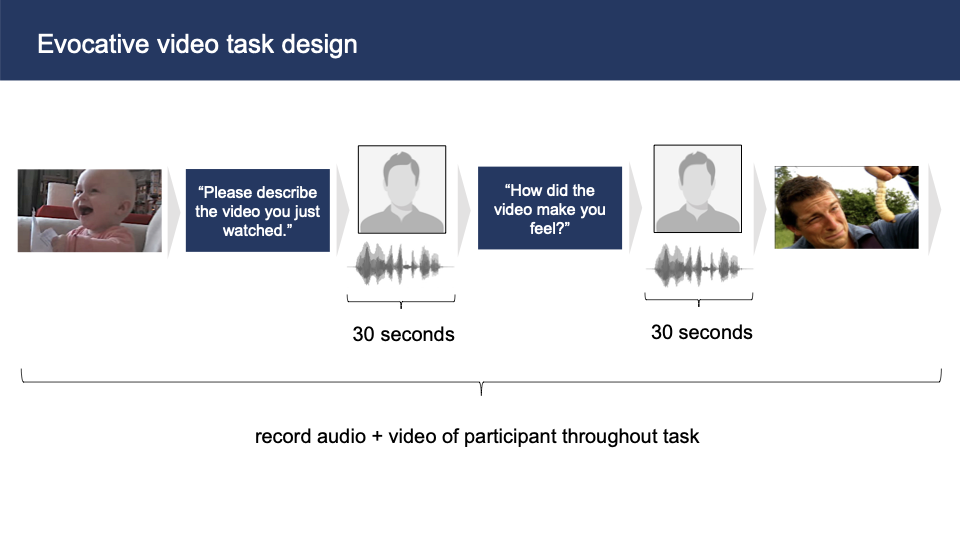Neurocognitive Assessment
We use a variety of methods to measure neurocognitive performance in areas such as attention, memory, processing speed, and problem solving. Tasks vary from paper and pencil assessments such as the MATRICS battery to digital technologies like the BAC App, Penn CNB, and DPX.
Clinical and Functional Assessments
Clinical and functional assessments perform a number of standardized clinical & functional assessments, which help us confirm eligibility for a study and provide us with measures of key behavioral features. Examples of some of these assessments include the MINI-7 and the Positive and Negative Syndrome Scale (PANSS).
Magnetic Resonance Imaging (MRI)
We use the facilities at the Center for Magnetic Resonance Research to perform 3T and 7T studies of brain structure and function. Our emphasis on resting-state functional connectivity data acquired using human connection project protocols, which allows us to compare our findings with those from the HCP data sets.
Electroencephalography (EEG)
The Ambulatory Research Center (ARC) Psychophysiology Lab provides access to a 32-channel EEG system that allow us to record psychophysiological data during rest and during cognitive tasks. EEG provides us with high temporal resolution, of brain electrical activity with a focus on assessment of perceptual processing, attention, working memory, and emotion identification.
Computerized Assessment of Mental Status (CAMS)
In collaboration with Drs. Ellen Bradley and Joshua Wooley at UCSF and the SFUA, who developed the method, we are investigating a computerized assessment of mental status. Participants watch a video with emotional stimuli and answer questions about the stimuli. Using audio and visual recording devices, we record participants' reactions to these probes. The reactions are broken down into three components - natural language, vocal signals, and visual signals. These data are able to provide an objective assessment of a person's mental state.


